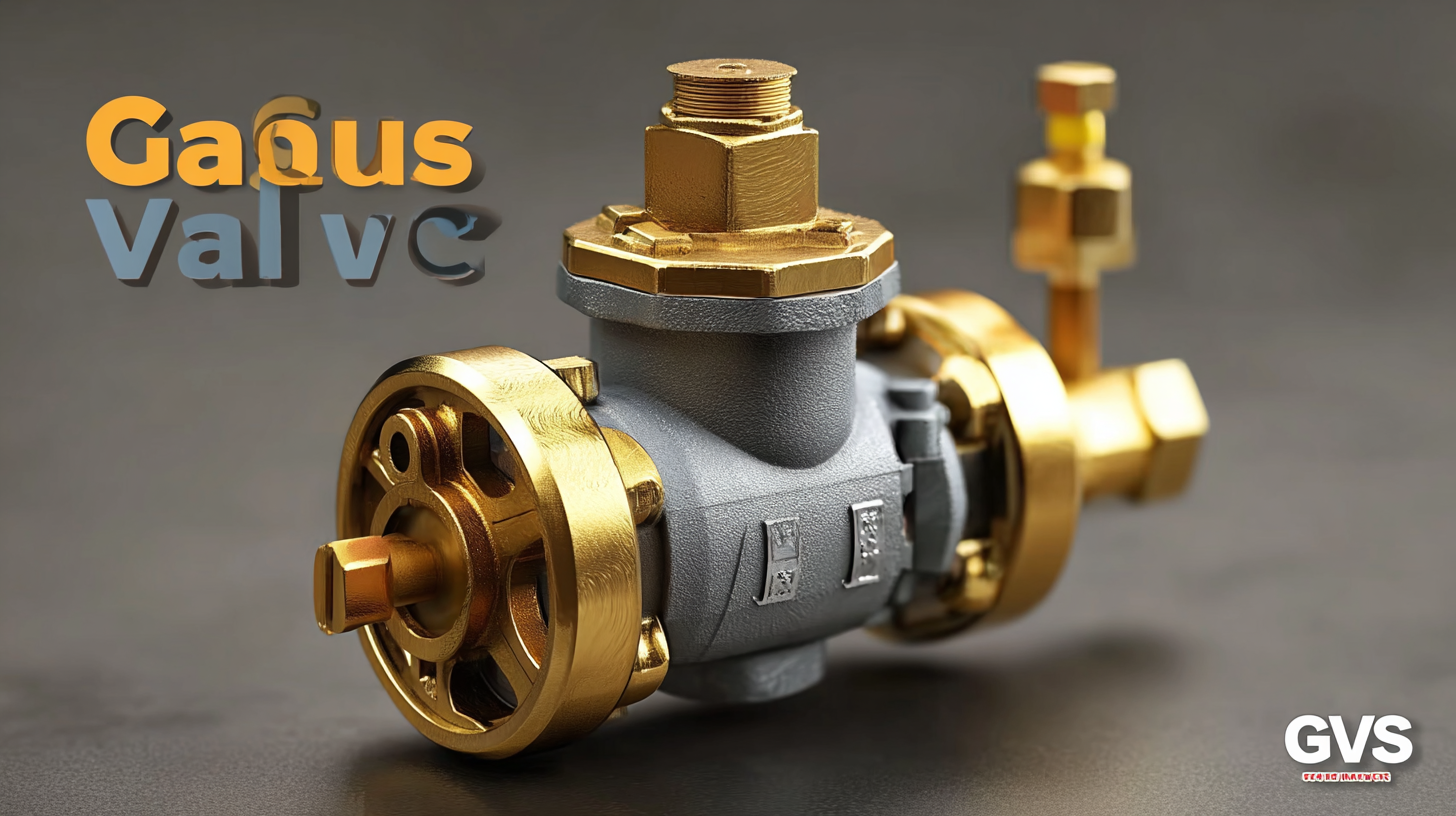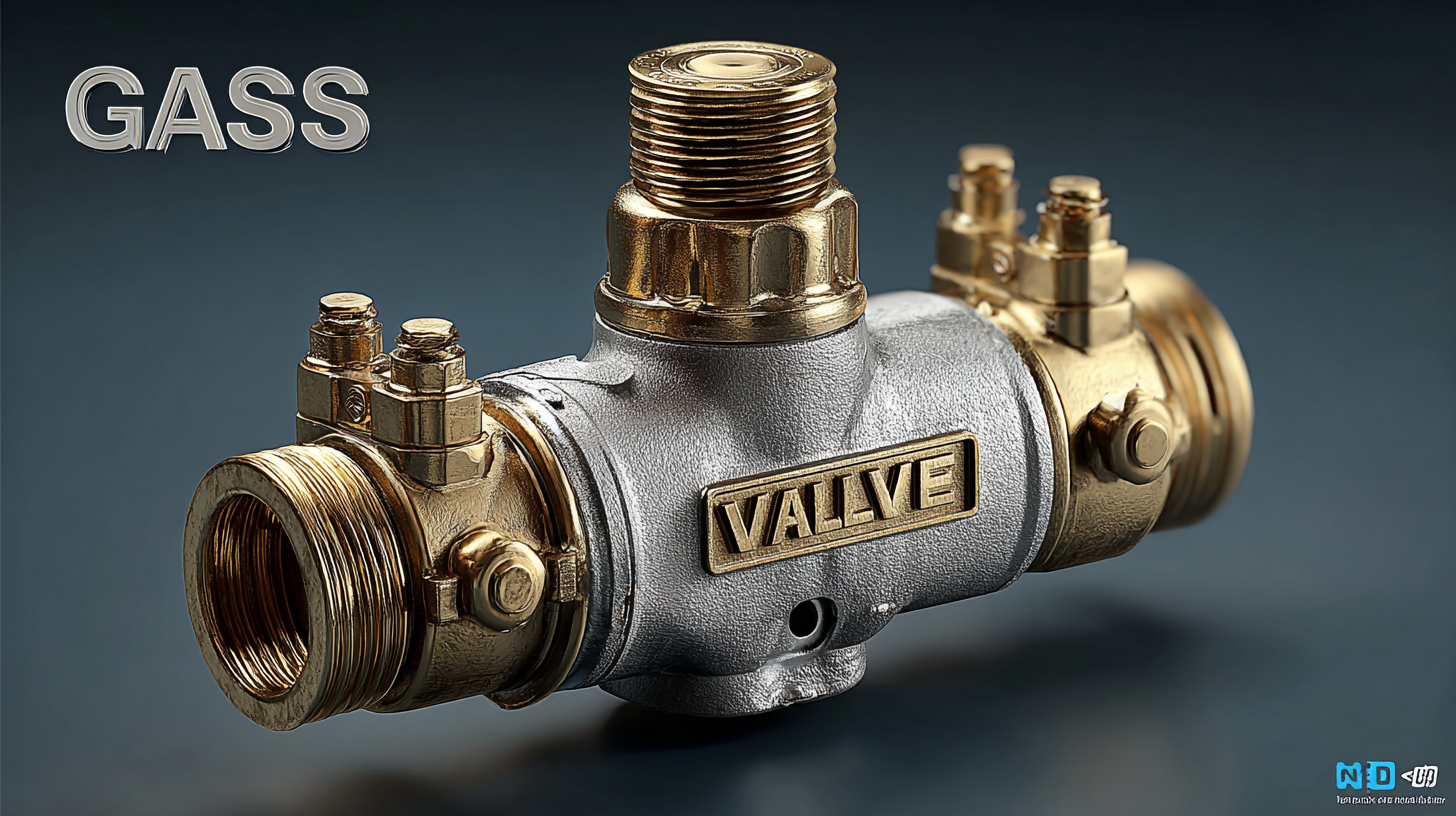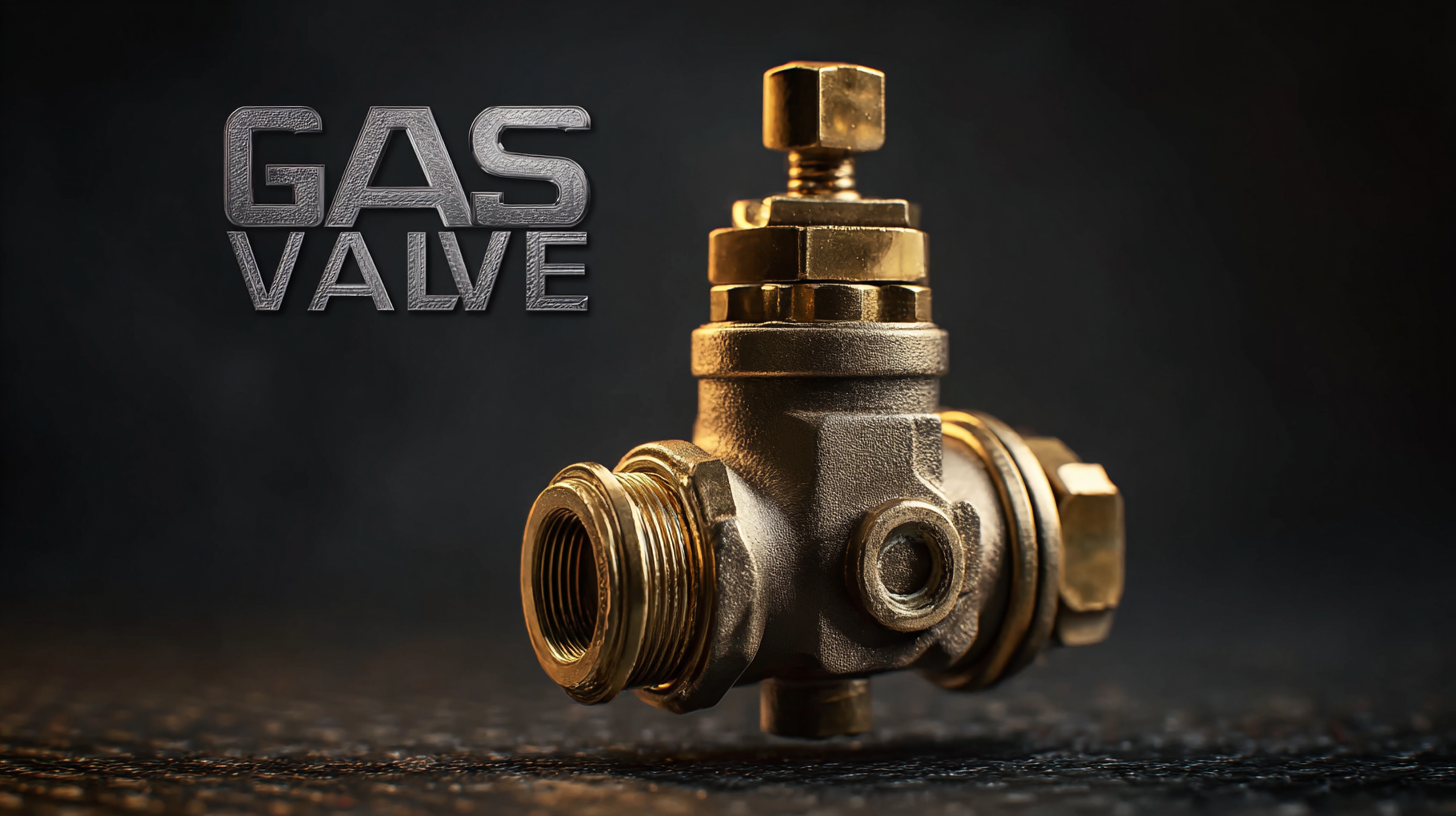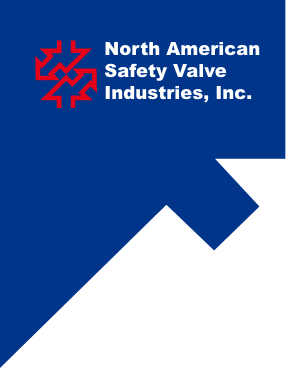Mastering the Art of Selecting the Best Gas Valve: A Comprehensive Tutorial for Global Buyers
In today's rapidly evolving industrial landscape, the selection of the right gas valve is paramount for ensuring safety, efficiency, and regulatory compliance. According to a recent MarketWatch report, the global gas valve market is projected to surpass USD 9 billion by 2026, reflecting a growing need across various sectors including oil and gas, chemicals, and HVAC systems. As manufacturers expand their product offerings to cater to diverse applications, buyers are faced with an overwhelming array of choices. Understanding the intricacies of gas valves—ranging from materials and specifications to operational parameters—is essential for global buyers aiming to make informed decisions. This comprehensive tutorial will equip you with the knowledge necessary to navigate the complexities of gas valve selection, ultimately enhancing your operational reliability and safety standards.

Understanding the Different Types of Gas Valves: A Buyer’s Guide
When it comes to selecting the right gas valve, it's crucial for buyers to understand the different types available on the market. Gas valves play a significant role in controlling the flow of gas within systems, and choosing the correct one can have safety and efficiency implications. There are several main types of gas valves, including ball valves, gate valves, and globe valves, each designed for specific applications and functionalities. For instance, ball valves are known for their quick shut-off capabilities, making them ideal for emergency situations, while globe valves provide excellent throttling capability, allowing for better flow control.
Buyers should also consider the material of the gas valve, as it can greatly impact durability and performance. Common materials include brass, stainless steel, and polymer, each offering unique benefits such as corrosion resistance or lightweight properties. Furthermore, it's essential to pay attention to the valve's pressure and temperature ratings to ensure compatibility with the intended application. By understanding these various types and features, buyers can make informed decisions, ensuring they select the best gas valve suited to their specific needs and requirements.
Key Factors to Consider When Choosing a Gas Valve for Your Needs
When selecting the best gas valve for your needs, several key factors must be taken into account to ensure safety, efficiency, and compatibility. Firstly, understanding the specific application is crucial. Different valves are designed for various functions, such as controlling gas flow in residential heating systems, industrial applications, or laboratory settings. Knowing the pressure and flow requirements for your system will help you choose a valve that meets those specifications without risking performance or safety.
Material selection is another significant consideration. Gas valves are commonly made from brass, stainless steel, or plastic, and the choice depends on the type of gas being used and the operating environment. For instance, corrosive gases require materials that can withstand chemical degradation. Additionally, it's essential to assess the valve's compliance with industry standards and certifications to ensure it meets safety regulations. Finally, the valve's size and connection type should match your existing piping to avoid installation challenges, making it crucial to have accurate measurements on hand. By carefully evaluating these factors, buyers can ensure they select the most appropriate gas valve for their specific requirements.
Gas Valve Selection Criteria
Essential Features and Specifications of High-Quality Gas Valves
When it comes to selecting high-quality gas valves, understanding their essential features and specifications is crucial. A robust gas valve should not only be durable but also reliable in all operational conditions. Key features to consider include material composition, valve type, and pressure rating. Brass and stainless steel are commonly preferred materials due to their resistance to corrosion and temperature changes. Additionally, the valve type—whether manual or automatic—determines the ease of operation and suitability for different applications.
Tips: Always check for certification marks such as ANSI or API to ensure compliance with industry standards, as these certifications indicate a commitment to quality and safety. Additionally, consider the installation process and whether the valve design allows for easy access and maintenance, as this can save time and reduce long-term operational costs.
Moreover, understanding the specifications regarding flow capacity and leakage rates is essential for optimal performance. Make sure to evaluate the valve's flow characteristics to ensure it meets your system requirements. Also, pay attention to the maximum working pressure and temperature range; selecting a valve that exceeds your operational needs can enhance safety and efficiency.
Tips: Look for valves that come with a warranty, as this demonstrates the manufacturer’s confidence in their product durability. It’s a good practice to document any specific needs you have based on your application, ensuring you choose a valve that truly meets your requirements.

Common Mistakes to Avoid When Selecting a Gas Valve
When it comes to selecting the right gas valve, buyers often make critical mistakes that can lead to safety hazards and inefficiencies. One of the most common errors is neglecting to consider the compatibility of the gas valve with the gas type being used. It’s vital to check whether the valve is designed for natural gas, propane, or another type, as each has different specifications and requirements. Always consult the manufacturer's specifications to ensure compatibility.
Another mistake is overlooking valve sizing. Many buyers fail to accurately assess the flow requirements of their system, resulting in either underperformance or excessive pressure drop. To avoid this pitfall, calculate the necessary flow rate based on your application. This can help you choose a valve that’s appropriately sized for optimal performance.
Lastly, insufficient attention to safety features can pose significant risks. Some buyers may prioritize cost over safety, neglecting essential features such as pressure relief options or emergency shut-off capabilities. Always prioritize safety by selecting valves equipped with necessary safety features to protect against potential leaks or failures. Remember, investing in quality and safety upfront can prevent costly repairs and ensure peace of mind.

Tips for Ensuring Safety and Compliance in Gas Valve Selection
When selecting a gas valve, safety and compliance should always be at the forefront of your decision-making process. First and foremost, understanding the relevant regulations and standards in your region is crucial. Different countries have specific guidelines on gas safety, which may include certification requirements for materials, testing protocols, and installation practices. Familiarizing yourself with these regulations can help prevent potential hazards and ensure your installation meets all necessary codes.
Another essential aspect is assessing the valve's compatibility with the gas type and pressure requirements of your system. Not all valves are designed to handle every gas or pressure level; incorrect selections can lead to leaks or failures that compromise safety. It's advisable to consult technical documentation and, when in doubt, seek guidance from manufacturers or industry experts. Additionally, opt for valves that come with safety features, such as pressure relief valves or emergency shut-off mechanisms, to enhance the overall safety of your gas system. By prioritizing these considerations, buyers can make informed choices that align with safety and compliance standards.
